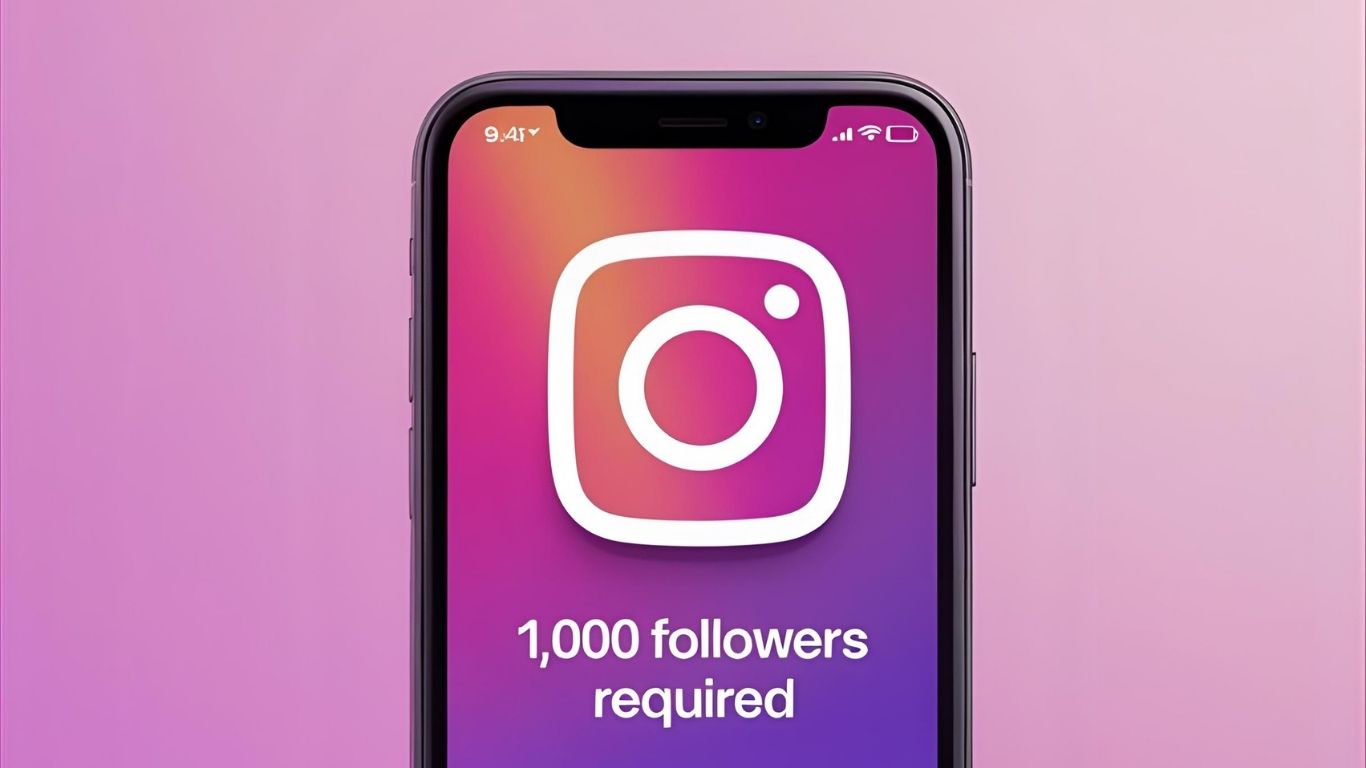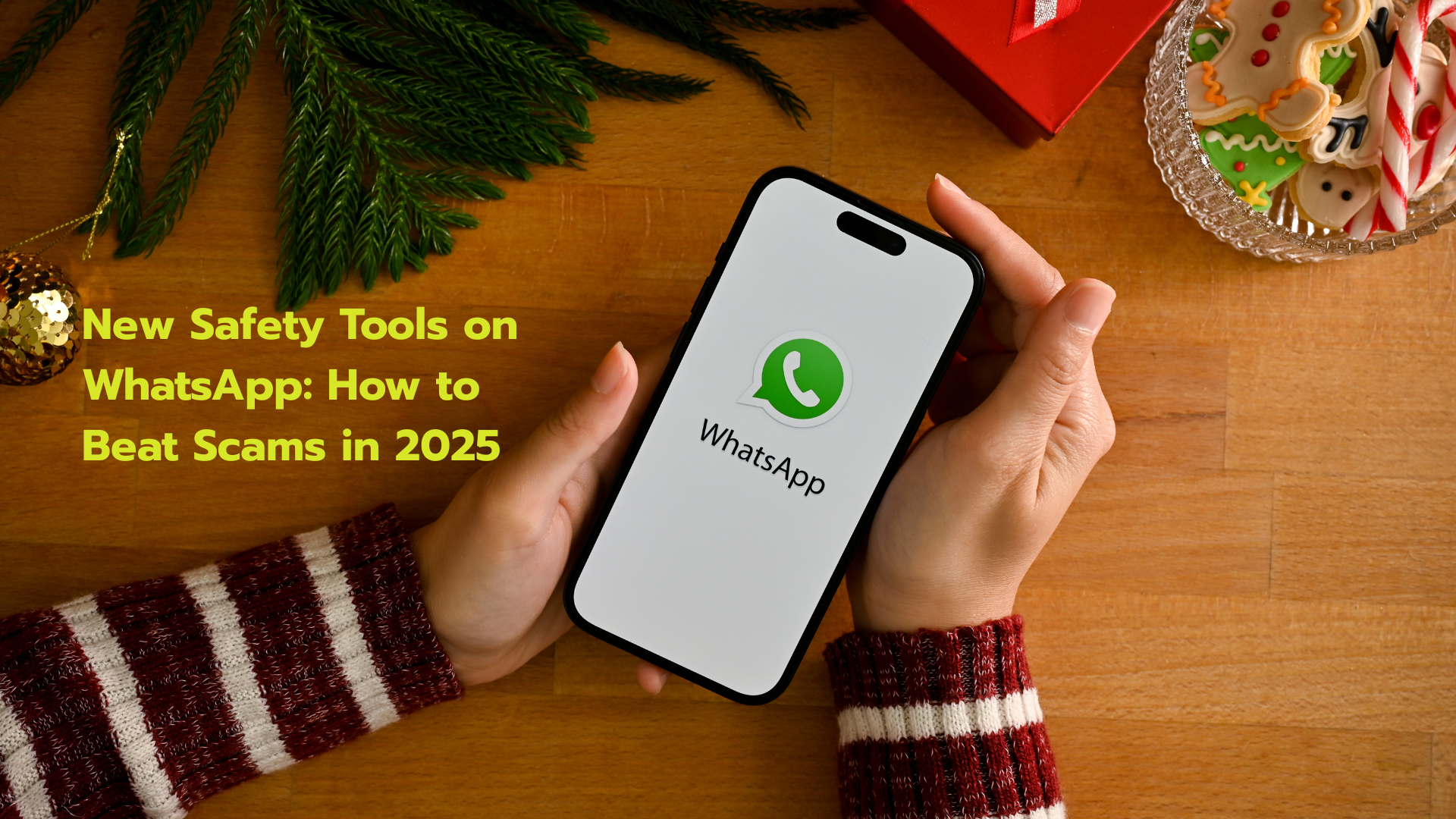In the ever-evolving world of influencer marketing, the debate often boils down to a fundamental question: Should we prioritize expansive reach or deeply engaged communities?
Choosing influencers (micro or macro) goes beyond just follower count. It’s about getting value for the brand’s goals. Hence, no single type of influencer is always superior. The key is how well they align with your strategy. By 2025, agencies will need a method to assess this. This will help determine if small, big, or a mix of influencers will have the greatest impact. Let’s discuss this further.
Defining Micro vs. Macro Influencers for Marketing Agencies
Before we compare their ROI potential, it’s crucial to establish a common understanding of these terms beyond mere follower counts.
Micro-influencers have 10,000 to 100,000 followers and are defined by their high engagement rates within dedicated communities. They are seen as relatable peers.
Macro-influencers have over 100,000 followers, often including celebrities, and offer broad reach and polished content, carrying brand authority.
Key ROI Metrics: How to Measure Influencer Performance
Don’t just look at likes. See how people are reacting. Track how much they interact with the content and if they take action. Also, check if sales or potential customers have gone up. Look at website visits, app downloads, and what people are saying about the brand. Compare how much you spent to how many people got involved or became customers. This helps you see if it was worth the money.
When to Choose Micro Influencers: The Niche Advantage
For brands with specific customers or limited money, micro-influencers can be a surprisingly effective way to get good results. Here’s why:
- More Engagement: Smaller, close-knit groups interact more with influencers they can relate to.
- Authenticity and Trust: People see micro-influencers as genuine and trustworthy, so they’re more likely to believe their recommendations and buy what they suggest.
- Focused Targeting: They’re good at reaching specific groups of people, so you don’t waste money advertising to those who aren’t interested.
- More Affordable: They cost less, allowing you to connect with a wider range of different audiences.
- Best For: Creating excitement for new products, and building a loyal fan base.
Macro Influencers: The Power of Broad Reach and Polish
Macro-influencers are great for quickly reaching lots of people. They help with different goals:
- Want everyone to hear about something new? Macro-influencers have huge audiences, so tons of people will see it fast.
- Need your brand to look really professional? They usually make high-quality content.
- Hoping to create a lot of talk? Working with famous macro-influencers can get people buzzing online.
- When should you use them? If you want to make a big impact, launch something big, or just make your brand seem cool and important,
Basically, macro-influencers help you reach a massive audience quickly and make a big splash.
Real Campaign Scenarios: Who Delivered More ROI?
Let’s illustrate with a couple of hypothetical, but realistic, scenarios:
Scenario A: The Boutique Skincare Brand Launch specializing in acne solutions wants to reach young adults struggling with skin issues.
They worked with 20 smaller influencers (with 15,000 to 50,000 followers) who talked openly about their own skin issues and loved natural beauty. These influencers made videos showing the products, shared their daily routines, and answered questions.
What happened? Lots of people interacted with their posts, interested people visited the website, and many bought the products because they trusted what the influencers said.
Scenario B: A Global Tech is launching a new flagship smartphone and needs to generate immense buzz and drive pre-orders globally.
They invited some really famous people online. One was a tech expert with over 5 million YouTube fans, and another was a popular lifestyle blogger with more than 2 million Instagram followers who also likes tech.
These influencers got to try the phone early and made cool videos and posts. On the day the phone came out, they all posted about it at the same time.
What happened? Lots of people saw it on the first day, it got talked about in the news, and tons of people pre-ordered the phone! Even though it cost a lot to work with these big influencers, it was worth it because so many people became aware of the phone and bought it.
In Scenario A, the smaller influencers actually gave a better return because they built more trust for that specific type of product. But for Scenario B, the big influencers were key to getting the word out to everyone.
The Hybrid Strategy: Combining Micro & Macro Influencers
Often, the most effective influencer marketing strategy isn’t an either/or choice, but a blend. The “hybrid strategy” leverages the strengths of both.
Big names create a lot of noise at the start. Then, smaller, more connected people keep the conversation going and get people to actually buy things. This combo gets lots of attention and also builds real connections that lead to sales.
Conclusion
The question of whether micro or macro influencers deliver “better ROI” is ultimately answered by the specifics of your campaign goals, budget, and target audience. For agencies, the key lies in understanding that.
The smartest way in 2025 is usually to use a mix of both. You get the word out with big names, and then the smaller, more connected people help turn those views into sales.
Want to make the most of your influencer marketing in Middle East? Let’s chat about using a mix of big and small influencers to help you reach your goals and get the best results.
Related Read: Influencer Marketing Trends in Saudi Arabia



